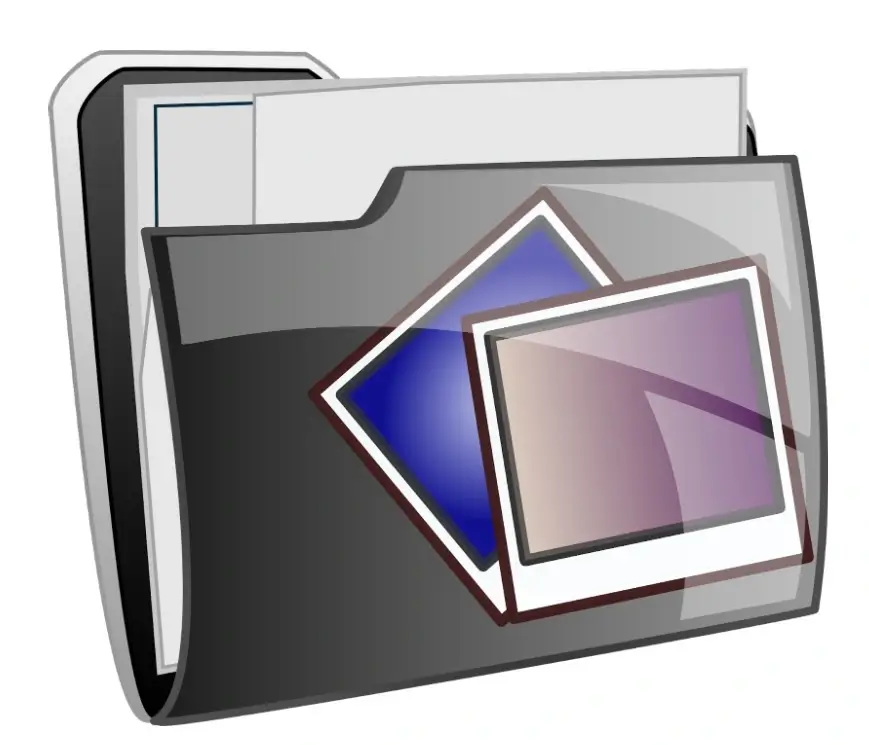6 Common Errors with Image Formatting and How to Avoid Them

Formatting your website’s images properly requires knowing what not to do. Here are common errors with image formatting and how to avoid them.
Are you often frustrated when sharing images with others?
Believe it or not, writing and editing different image formats can be key skills for better communication. Although writing an image is like copying a picture straight from the camera, there are several key challenges you can improve.
You can improve the quality of your content by simply optimizing the images you use.
But with so much else to think about, this may not always be a priority. To help you optimize your article images, here are some errors with image formatting to watch out for.
1. Using Pixel Images Instead of Vector Images
Pixel images (such as jpg or png files) are composed of a fixed number of individual dots or pixels, and they tend to lose their quality and clarity when they are enlarged or reduced. Vector images (such as SVG or EPS files) use mathematical statements to calculate the lines, shapes, and colors that make up the image and are not composed of individual dots. To avoid pixel images, always convert your images from png to vector for the best results.
2. Not Using Image Placement and Layout Software
Without this software, images can appear distorted or out of place about other items on the page. To avoid this error, it is important to utilize image placement and layout software to ensure images are formatted appropriately. This software can also be used to adjust brightness and contrast, crop the image, or apply graphical effects such as drop shadows.
3. Color Inaccuracies
Color inaccuracies are mistakes that can occur when an image is rendered on a different device or platform, which may not be able to accurately represent the colors of the original image. One should use the proper RGB or CMYK color profile. Confirm the accuracy of the colors within the application by previewing or testing it in the target output environment before making the image available to the public.
4. Incorrect Sources
Unfortunately, this can easily happen, especially when images are taken or downloaded from the Internet. To avoid this issue, use a reputable source with no copyright restrictions, or credit the original content creator. Additionally, ensure that images within the creative are of the same type, resolution, and size for a consistent look.
5. Copyrighted Content
Copyrighted content is any type of content that is protected by copyright laws, including images, text, sounds, videos, and graphics. When formatting website images, it is important to make sure that these images are either free for use or have the appropriate copyright permissions. If the images are copyrighted, it is best to contact the original creator or the copyright holder for proper permissions.
6. Poor Cropping
This involves cutting away portions of the image that should not be removed, such as the subject of the image disappearing off the edge. To avoid this, users must pay attention to the aspect ratio and make sure that the most important content is not cropped out of the frame. For example, when cropping a photo for digital use, the user should try to leave at least one-third of the photo on each side.
A Guide to Fix Errors With Image Formatting
Errors with image formatting can lead to poor visuals and a lack of clarity. To ensure the quality of work and team productivity, it’s important to be aware of the common errors with image formatting and how to avoid them.
Utilize digital tools and take advantage of skills training to boost productivity and consistency. Try it now and streamline your digital processes!
For more great strategies, make sure you follow our blog.
